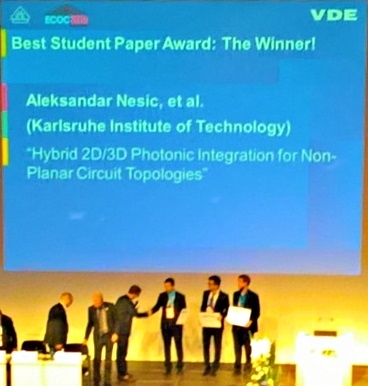
September, 2016: Aleksandar Nesic was awarded the best student paper award at the European Conference on Optical Communications (ECOC 2016) in Düsseldorf, Germany, for his paper "Hybrid 2D/3D Photonic Integration for Non-Planar Circuit Topologies".
ECOC is one of the two major conferences in the field of optical communications. Aleksandar Nesic and co-workers not only made it into the oral session, but were awarded the 1st prize in a fierce competition among estimated 300 PhD submissions. The ADVA Best Student Paper Award recognizes remarkable research results and an outstanding presentation. The award-giving jury consisted of the Conference General Chairs, the Technical Program Chairs, and a representative of the sponsor ADVA Optical Networking.

September, 2016: The Institute of Photonics and Quantum Electronics looks back on the successful 2016 Post ECOC Workshop "Network Systems and Devices for IoT Era", which took place on September 23, 2016 at the Karlsruhe Institute of Technology (KIT), International Department (ID), in Karlsruhe. The workshop provided an excellent opportunity to discuss a wide range of topics in the area of Network Systems, Photonic Devices and Transmission Technology and to share ideas with colleagues.
Learn more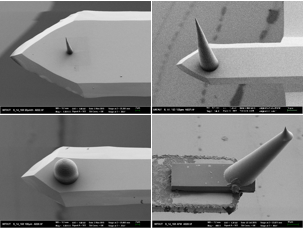
August, 2016. IPQ/IMT/APH researchers demonstrate a novel kind of custom-made probe tips for Atomic Force Microscopy (AFM). The tips are fabricated by direct-write 3D lithography, building upon experience gained from research in photonic integration. This approach offers great potential for wafer-scale fabrication of custom AFM probes. The work has been published as a featured article in Applied Physics Letters (APL) and is advertised on the title page.
KIT Press release: German, English
Media response: AIP Publishing, nanotechweb.org, phys.org, EurekAlert!, Elektronik
Original publication: Applied Physics Letters
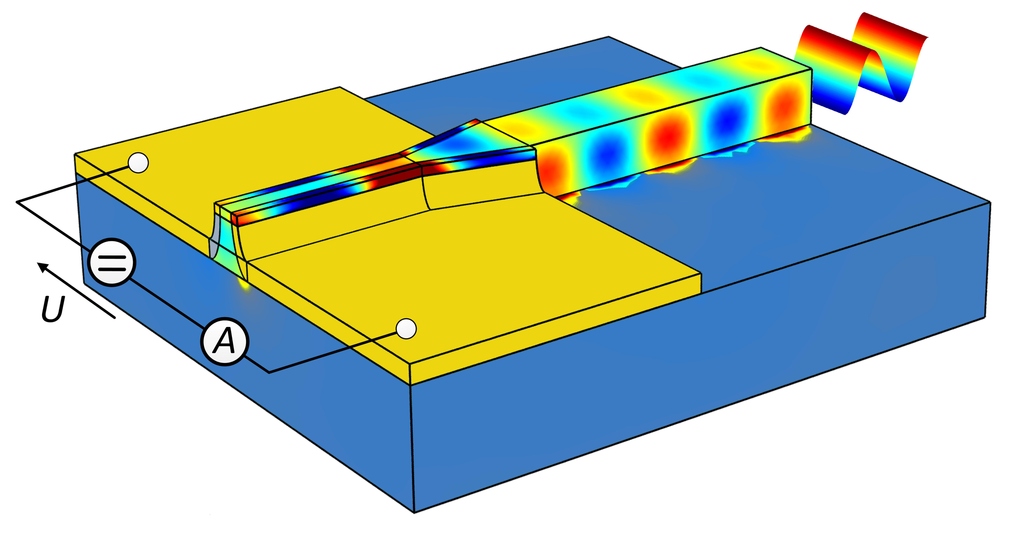
July, 2016. Publication in Optica: IPQ/IMT researchers demonstrate a novel class of high-speed and ultra-compact plasmonic photodetectors on the silicon platform operating at a wavelength of 1550 nm. The detection principle relies on internal photoemission at metal-silicon interfaces, enabling reception of optical data at rates up to 40 Gbit/s while the device footprint is below 1 µm². The new silicon-plasmonic photodetectors could lead to ultra-compact chip-to-chip interconnects operating at high data rates.
Press release: German, English
Media response: LaserFocusWorld, Elektronik Praxis, phys.org, ScienceDaily, ScienceNewsline, IP-Insider.de, Elektronik, CHEMIE.DE, c't
Original publication: Optica
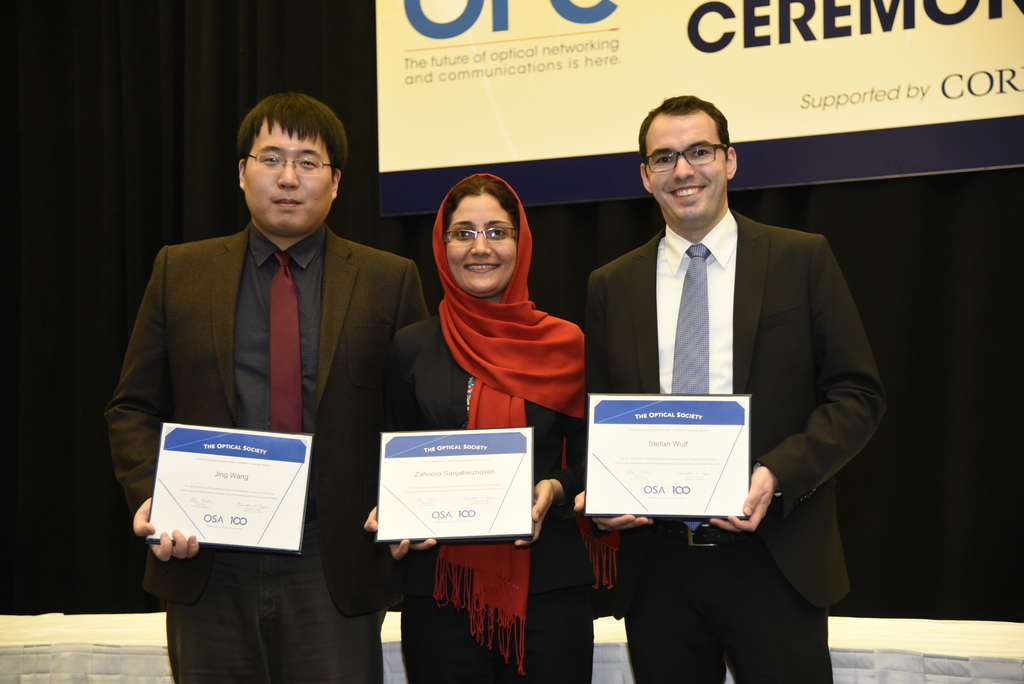
March, 2016: The OSA Foundation and Corning Inc. announced the winners of the annual Corning Outstanding Student Paper Competition at this year's Optical Fiber Communications Conference (OFC 2016), the largest conference and exhibit for optical communications and networking. Stefan Wolf was selected as a honorable mention winner for his paper "An Energy-Efficient 252 Gbit/s Silicon-Based IQ-Modulator".
The Corning Outstanding Student Paper Competition recognizes innovation, research excellence and presentation abilities in optical communications. The competition is endowed by a grant from Corning Inc. and administered by the OSA Foundation.
Learn more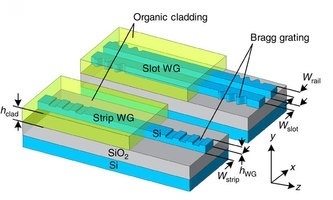
March, 2016: Publishing in the well-known journal Nature Communications, IPQ/IMT researchers demonstrate a novel class of infrared lasers that can be fabricated on the silicon photonic platform. The lasers rely on the silicon-organic hybrid (SOH) approach and combine nanophotonic silicon-on-insulator (SOI) waveguides with dye-doped organic cladding materials that provide optical gain. We show pulsed laser emission at 1310 nm with peak output powers of more than 1 W. The SOH approach offers enormous potential for efficient mass-production of silicon photonic biosensors.
Press release: German, English
Original publication: Nature Communications
